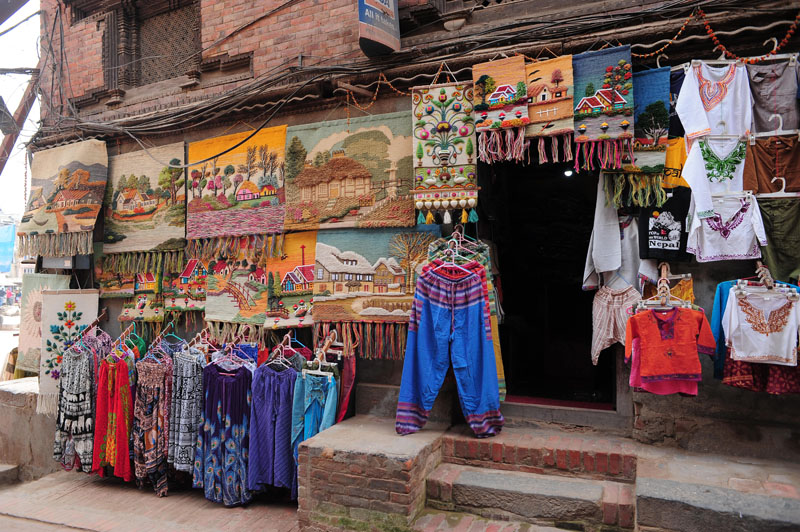GAN delegation seeks incentives to boost exports
Kathmandu, August 22
Local apparel manufacturers have sought incentives from the government to boost their exports.
In a meeting with Finance Minister Krishna Bahadur Mahara here today, a delegation of Garment Association Nepal (GAN) — an umbrella body of readymade garment producers and exporters — said that they will expand their export base by three folds within three years if the government extends some facilities as per their demand.
Submitting a memorandum to the finance minister, GAN asked for the expansion of refinancing period for export-oriented industries, 10 per cent export incentive, end to strikes and bandhs, as well as introduction of hire and fire provision in the labour act to boost the exports.
GAN has said that they will be able to compete with other garment exporters in the global market if the government provides these facilities.
“High transportation cost, lack of adequate power supply, strikes, high wage of labours are considered as the major hindrances for competitiveness of the local garment manufacturers,” the GAN delegation told the finance minister.
According to them, Nepali products are around 15 per cent more expensive in the global market when compared to the products manufactured in leading exporters like Bangladesh and Cambodia.
The United States has recently offered duty free facility to 66 Nepali products, including pashmina, headgear, leather products, among others. The move is expected to help garment entrepreneurs lure foreign investment.
“If the government provides the aforementioned facilities, the garment industry in Nepal will grow by leaps and bounds,” said Chandi Aryal, president of GAN.
As per the existing rule, the central bank provides refinancing facility through banks and financial institutions to export-oriented industries. Export-oriented industries have been enjoying credit facility at around 4.5 per cent. However, the payback period of the credit under refinancing facility is just six months.
“This facility should be expanded to two years,” said Aryal.
Similarly, GAN has sought 10 per cent incentive in total export value to encourage the exporters. The country will be able to strengthen its foreign exchange reserve through export earnings it the exporters get such incentives, according to Aryal.
“Bangladesh has been offering 10 per cent export incentive to its exporters, which is why exporters there are encouraged to expand trade. Bangladesh’s annual export earning just from readymade garments stands at a whopping $32 billion.”
After the terror attack in Dhaka few months back, many foreign investors in Bangladesh are mulling over shifting their industries and Nepal could be a suitable destination, according to garment manufacturers.
Nepal’s readymade garment industry has been on the verge of collapse since the expiry of Multi Fibre Agreement (MFA) in January 2005, which provided duty-free access for Nepali garments into the United States.
Prior to phasing out of the quota system, Nepal was exporting garments worth Rs 12 billion and was generating around 500,000 jobs in the sector. Back then, the sector had drawn investment to the tune of Rs six billion. Since then, over 85 per cent of garment factories have pulled down their shutters.
As per Nepal Rastra Bank, the country has exported readymade garment products worth Rs 4.2 billion in the 11 months of fiscal 2015-16. The major export destination for the Nepali garment products are European Union, India and the United States, among others.






